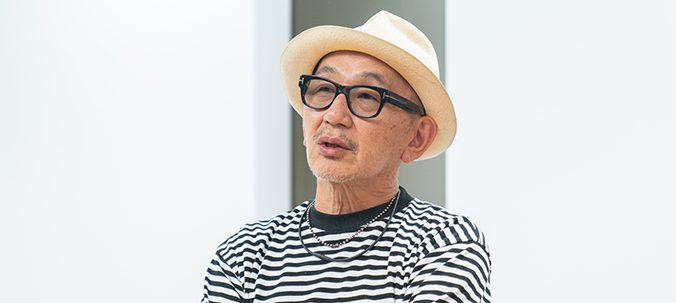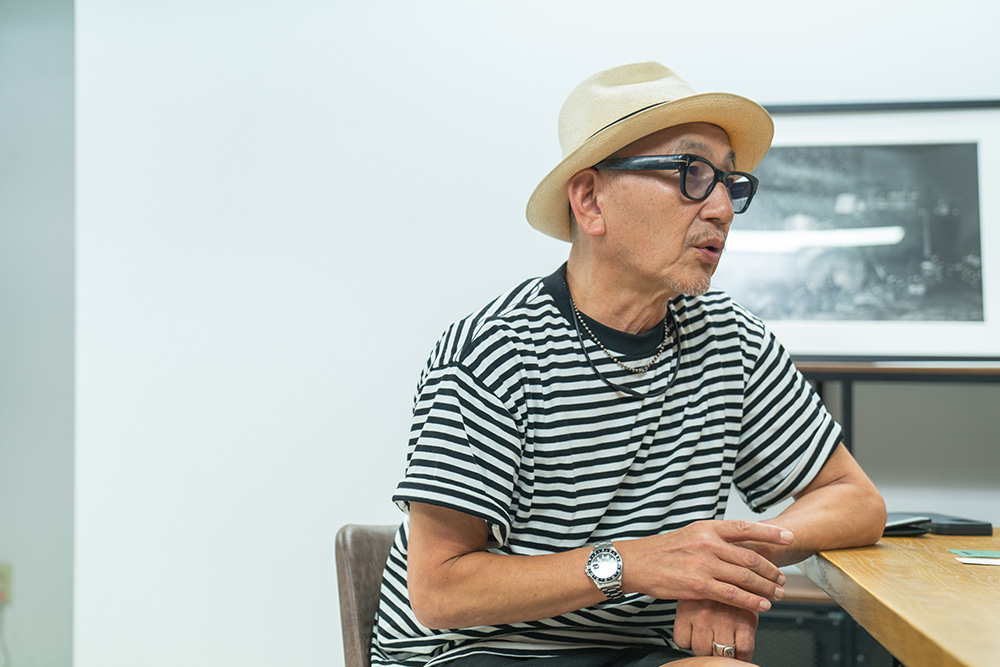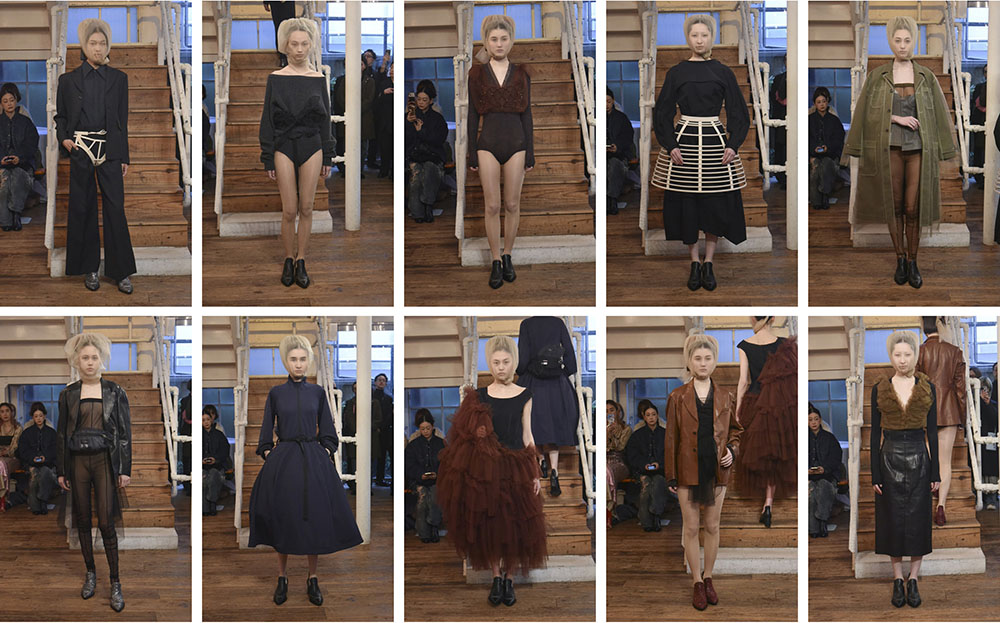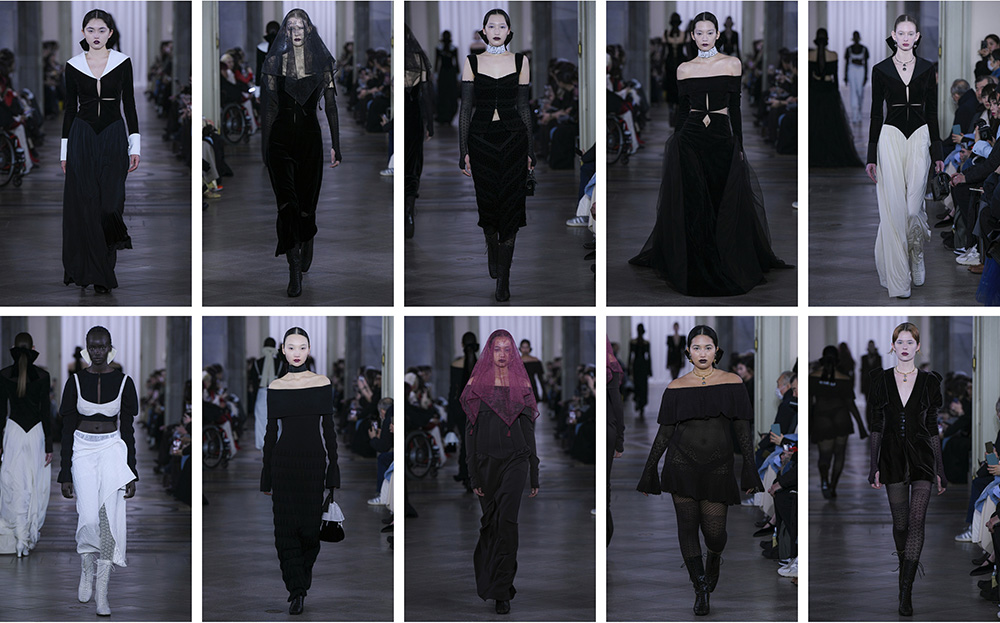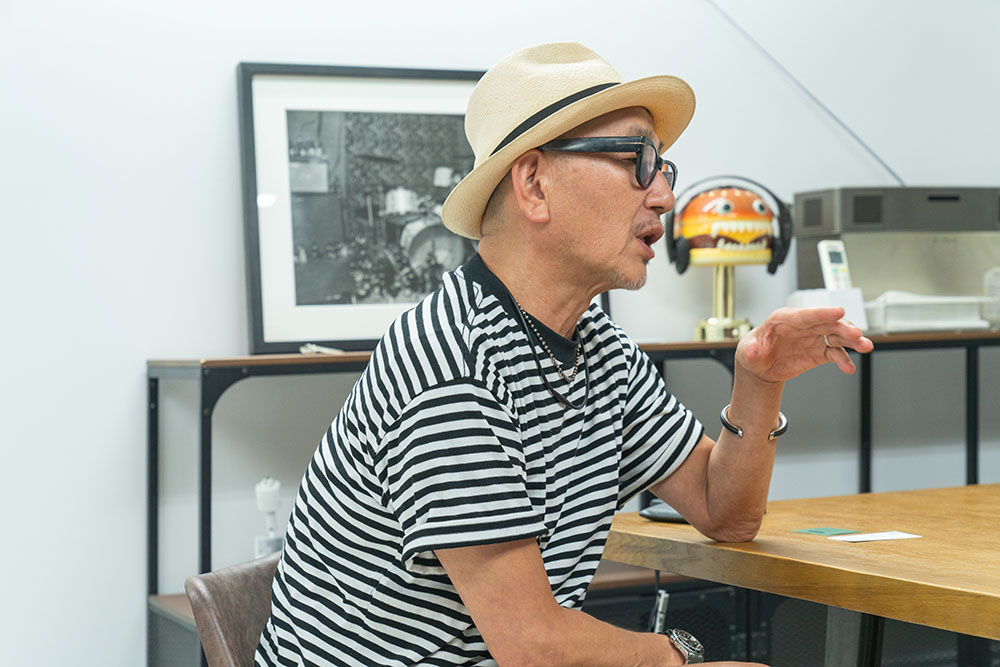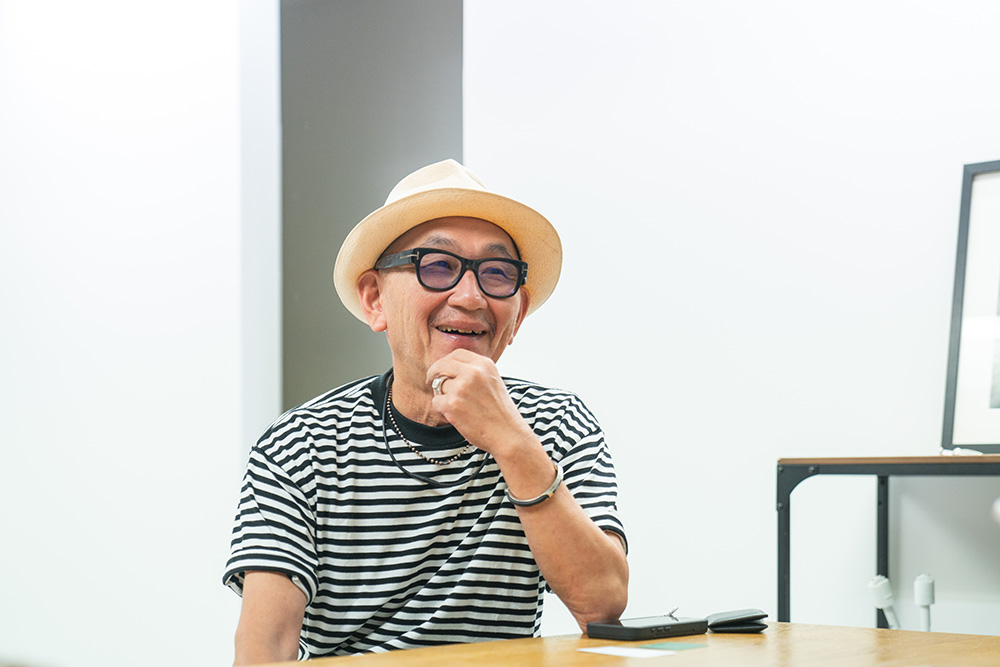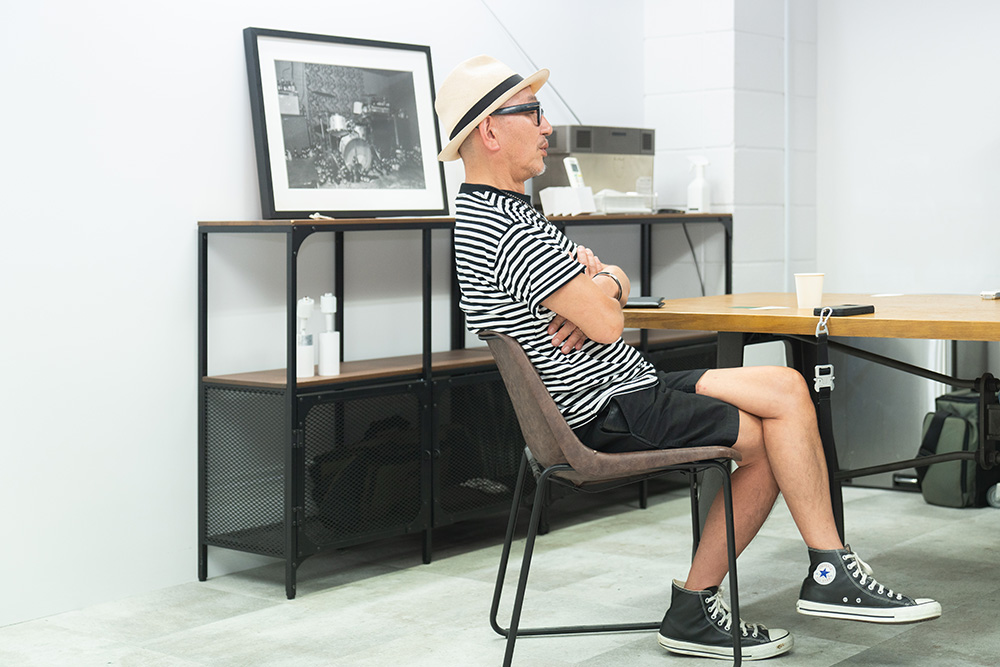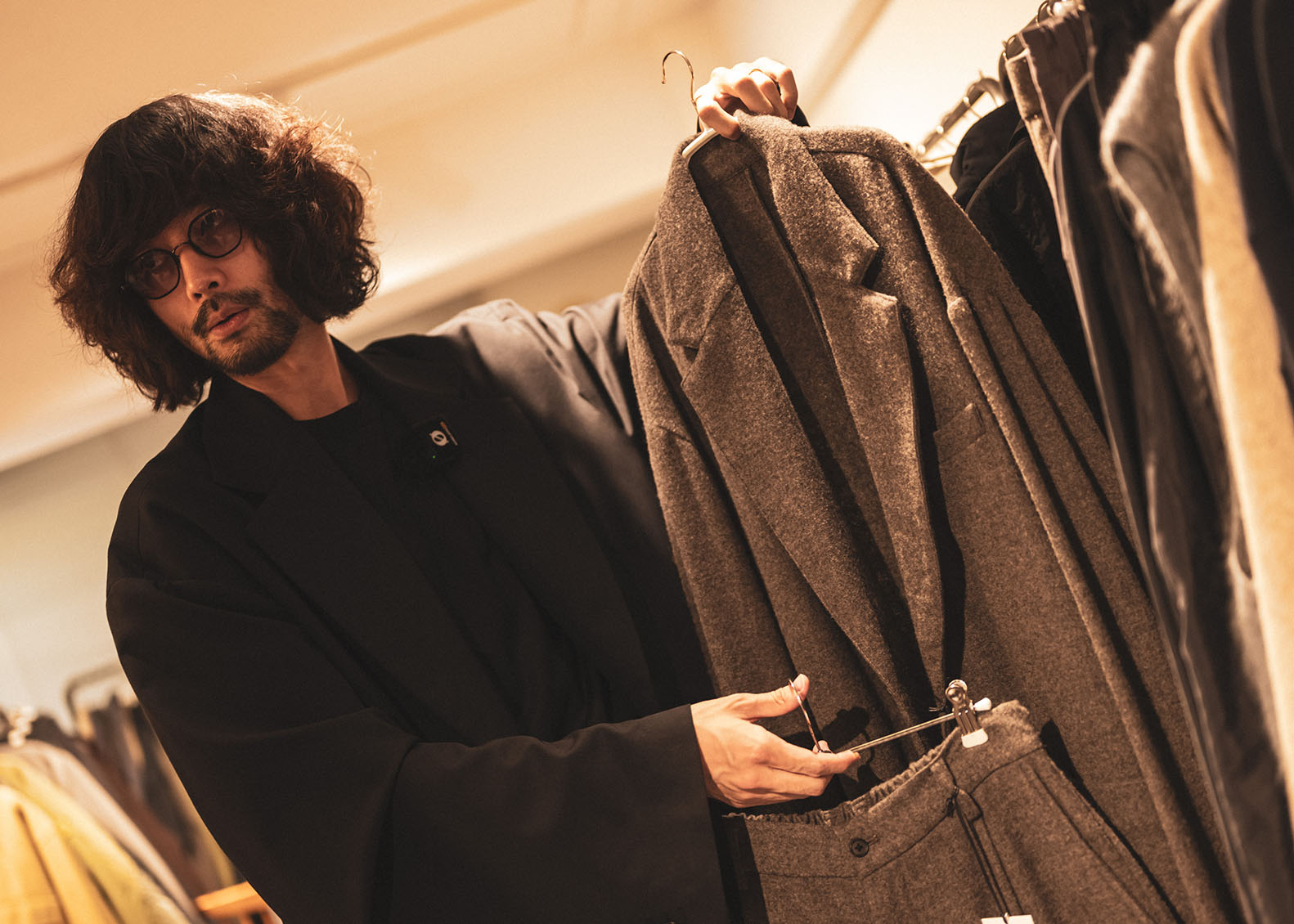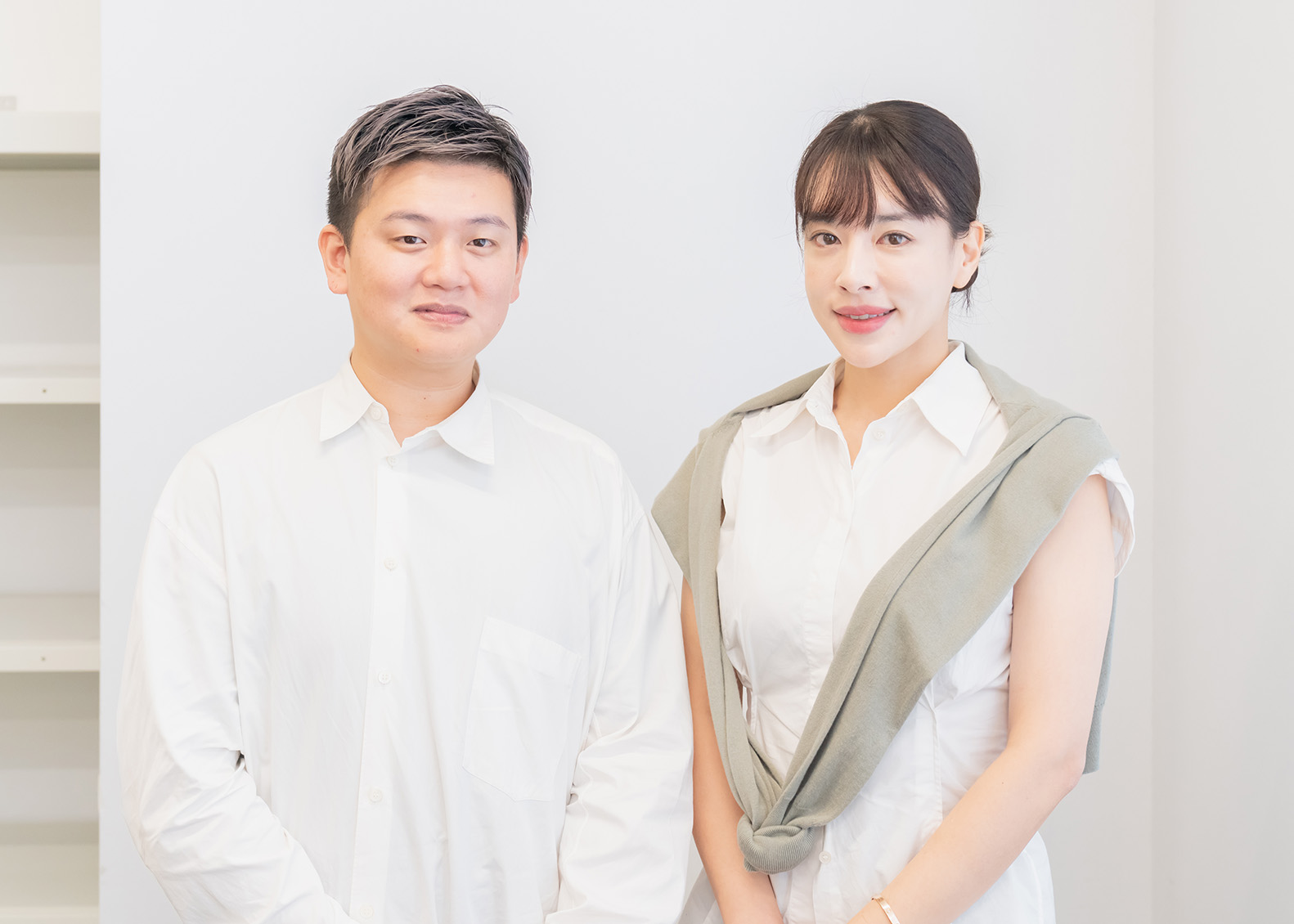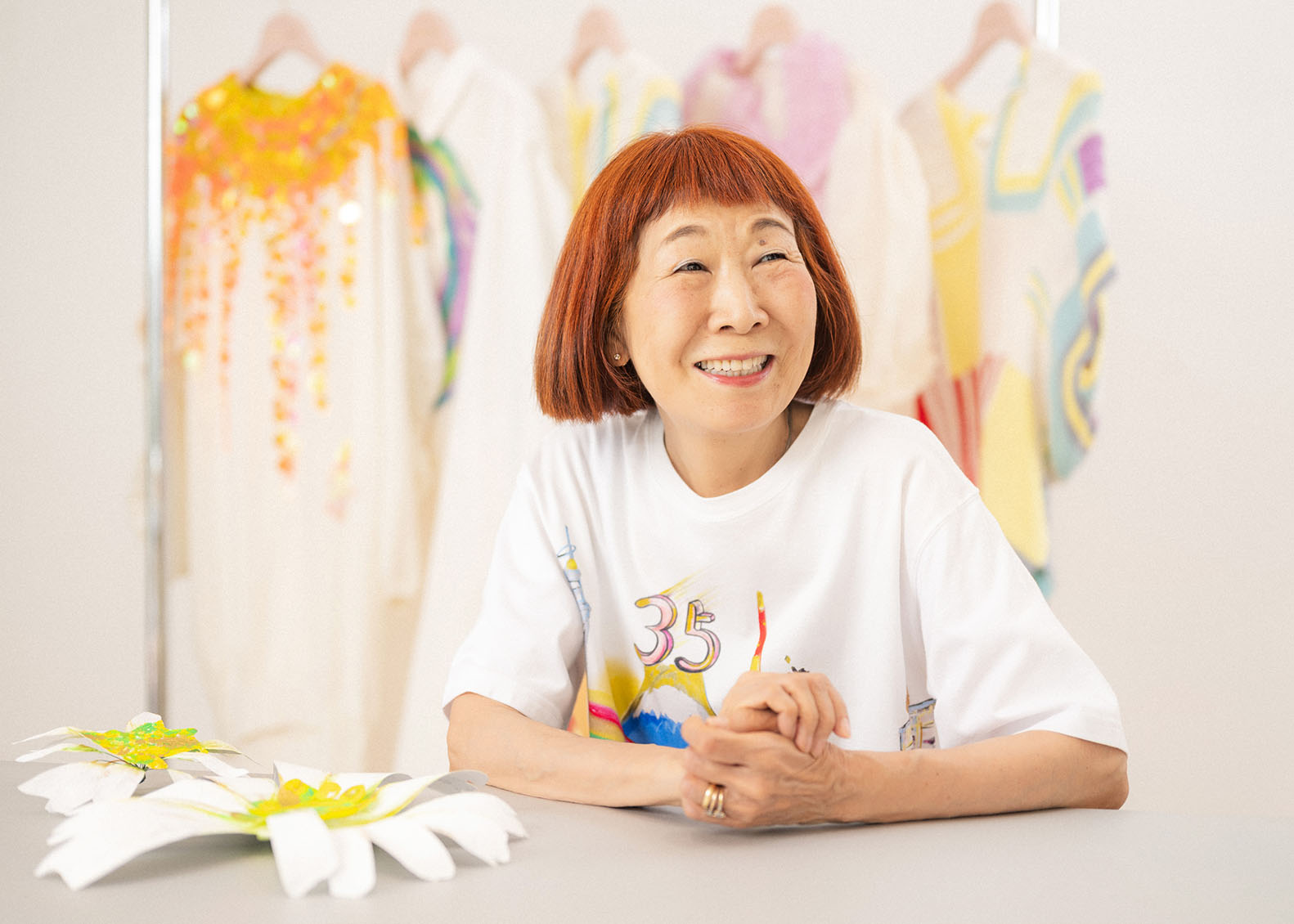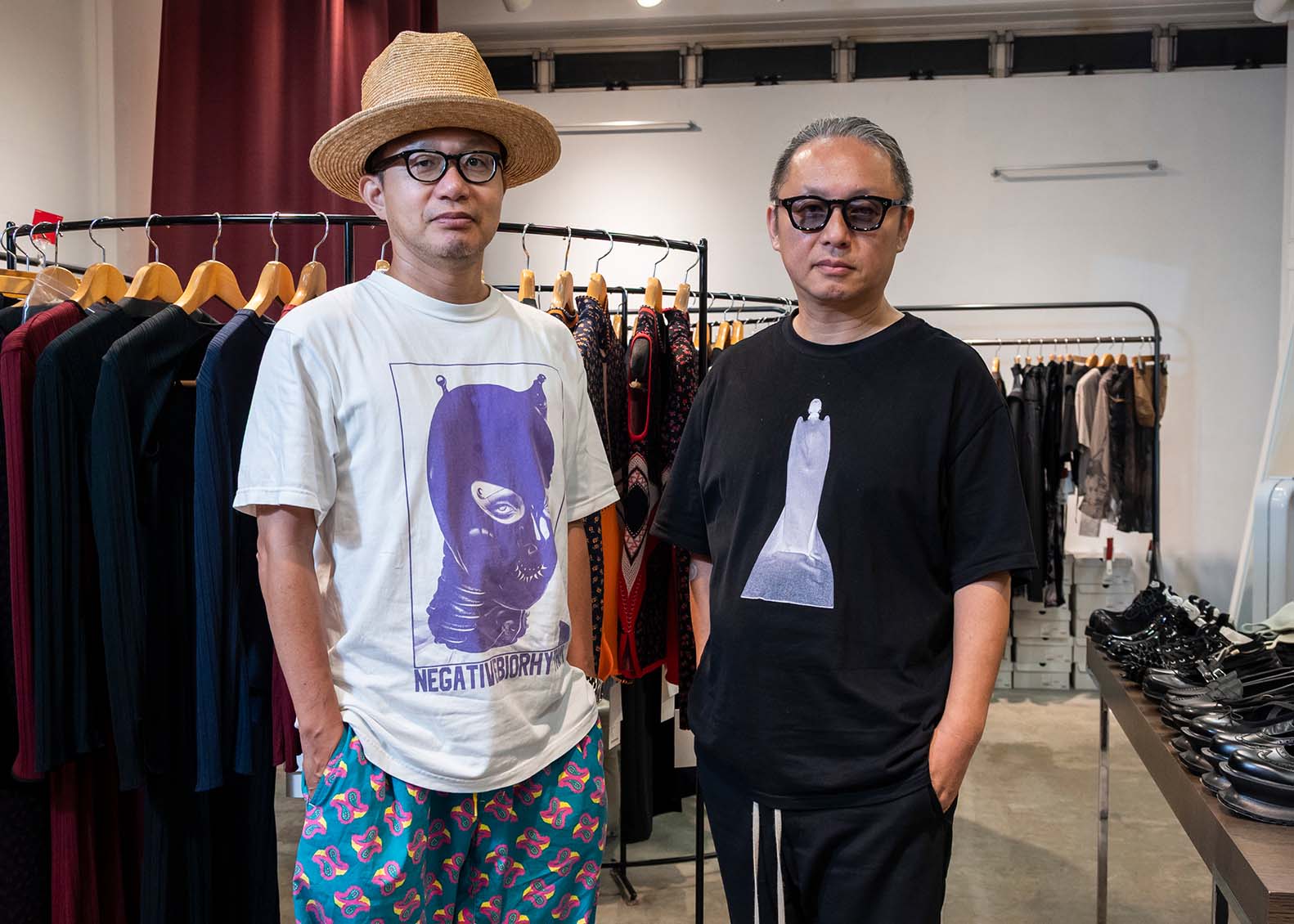Yoshio Wakatsuki
The fashion show—fifteen minutes during which designers put everything on the line. Making a success of this limited time requires the indispensable expertise of many professionals, each playing a crucial role. Among them, the producer is a particularly key figure, working behind the scenes to support the entire production. From the early days of Tokyo Fashion Week to the present, creative director and producer Yoshio Wakatsuki has masterminded many of the city’s most unforgettable shows. In this interview, he shares his insights on what makes fashion shows so compelling.
Rakuten Fashion Week TOKYO 2025 S/S begins on September 2. Once again, you are producing shows for Chika Kisada and FETICO, as you did last season. How are you feeling in the lead-up to their shows?
In today’s world, where so many people are engrossed in social media, it’s becoming increasingly difficult to tell whether guests are attending fashion week to actually see the shows or simply to take photos. This is a situation we’re seeing globally. However, when it comes to photography, it’s clear that images taken by professional photographers are far superior, so I hope that people in the venue will focus instead on seeing the show with their own eyes and experiencing it directly through their senses. Technology evolves with the times, and so too do the perspectives that people bring to shows, but if you’re attending a show in person, I hope you will experience it not through a screen but by taking in things like scent, humidity, and the physical sensation of excitement in the venue. This is the sentiment guiding me as I prepare the shows for both brands.
What kind of impression do you have of Chika Kisada and FETICO?
I first became interested in Chisa Kisada after I had the opportunity to see her 2017 A/W show at Shibuya Hikarie. Immediately, I knew that this was someone I wanted to talk to and work with. As for Emi Funayama of FETICO , our relationship began when she visited my office after the pandemic had started to ease, asking if I could help with a show she wanted to produce. Later, I found out that she had been in close proximity to my own circles for quite some time, having worked under Nobuhiko Kitamura, my close friend and the designer of Hysteric Glamour, and as the chief designer for CHRISTIAN DADA, a brand I produced for in Paris. I’ve always wanted to collaborate with younger designers, so I was very pleased when she reached out to me. Fashion is constantly branching off and evolving, so it’s difficult to pinpoint a single definition of what it means to be fashionable today. However, I believe that designers who possess passion and an unwavering sense of identity—who know how they want to move forward regardless of external influences—will always have a powerful presence, no matter the times.
You’ve worked on many shows until now—are there any in particular that have left a lasting impression?
Among Japanese fashion show producers, I believe I’ve produced the most debut shows at Paris Fashion Week. These debut shows definitely leave a strong impression on me. There’s a palpable sense of determination and immense responsibility in a designer as they set out to make their mark on the international stage for the first time. Being able to stand beside them in such a significant moment brings me a deep sense of fulfillment.
Do you take a different approach to producing shows in Tokyo than in Paris?
I get asked that a lot, but for me, there’s no difference at all. I approach both with the same mindset. However, I do sense a difference in how deeply fashion has permeated the culture. In Paris, you can hold shows at places like the Grand Palais, but in Japan, you can’t use the National Diet Building or Horyuji Temple. There’s a significant difference between countries where fashion is part of the culture and countries where fashion is treated more like a form of low-brow entertainment. When putting on a show in Paris, you have many options for venues, and the scale is much larger. In Japan, I often use the Hyokeikan at the Tokyo National Museum, which I like a lot, but unfortunately, it can only fit 300 people. Now, with so many Japanese brands presenting shows in Paris and Japanese fashion becoming embedded in the culture and industry, wouldn’t it be great if Japan opened its doors more to the fashion industry as well?
How do you see the current fashion scene in Japan?
John Galliano has gone to Shibuya 109 to buy loose socks, and the design team at Celine, led by Hedi Slimane, has visited Japan to thrift for vintage clothes. Many foreign fashion houses come here to purchase samples. You can find anything and everything in Japan. But people always want what they don’t have, and perhaps this overabundance is the reason Japanese people don’t take fashion as seriously as they could.
What is your impression of Japanese fashion brands?
The Japanese brands that show in Paris stand on the same stage as major brands like those under LVMH, despite being small, independent businesses. The number of people involved in the shows is entirely different, but you wouldn’t know it from the way they are portrayed in the media. This is only possible because of the pride and determination that Japanese designers possess. While foreign brands exude the power of money, Japanese brands radiate the power of the people behind them. I have nothing but the deepest respect for them.
However, I feel there’s a need for Japanese media and journalists to cover these shows from a cultural perspective. Breaking news coverage based on designers’ post-show comments might have its time and place, but this can lead to an overflow of content that all sounds the same. I think designers would appreciate it more if journalists engaged with them directly backstage after the show or wrote articles expressing what they personally saw and felt. Rather than producing standardized articles with pre-approved content, it would be great if journalists shared their own unfiltered experiences and impressions.
What do you think is the value of a fashion show?
It might be that my way of thinking is old-fashioned, but I simply can’t imagine any mode of presentation that surpasses gathering a bunch of people in one place and putting on a show. The heat and passion poured into a show simply cannot be conveyed through a screen; the resulting experience is unique and irreplaceable. Fashion shows have long been considered a total work of art, and I truly believe this. There’s no dialogue, no acting, yet people in the audience cry, laugh out loud, and sometimes even get angry as they see the show unfold live in front of them. That’s how much a fashion show can move people and provide inspiration.
How should one enjoy a fashion show?
I think it’s fine for each person to enjoy the show in their own way. If you’re a shoe fanatic, it’s okay to just look at the shoes. If you’re someone who likes models, you can focus solely on their faces. What matters is how you feel as you see the show. I hope people cultivate an openness to experiencing everything the show has to offer and are able to take it in purely. Even if someone is currently only able to watch online, I hope they will, just as I did when I first became interested in fashion shows, find a way to eventually see a show in person so that they can experience the runway live.
Interview by Tomoko Kawasaki
Photography by Yohei Goto
-Winner of the Amiko Kujiraoka Award 2006 (MAINICHI FASHION GRAND PRIX)
[ Website ] http://www.drumcan.com/

